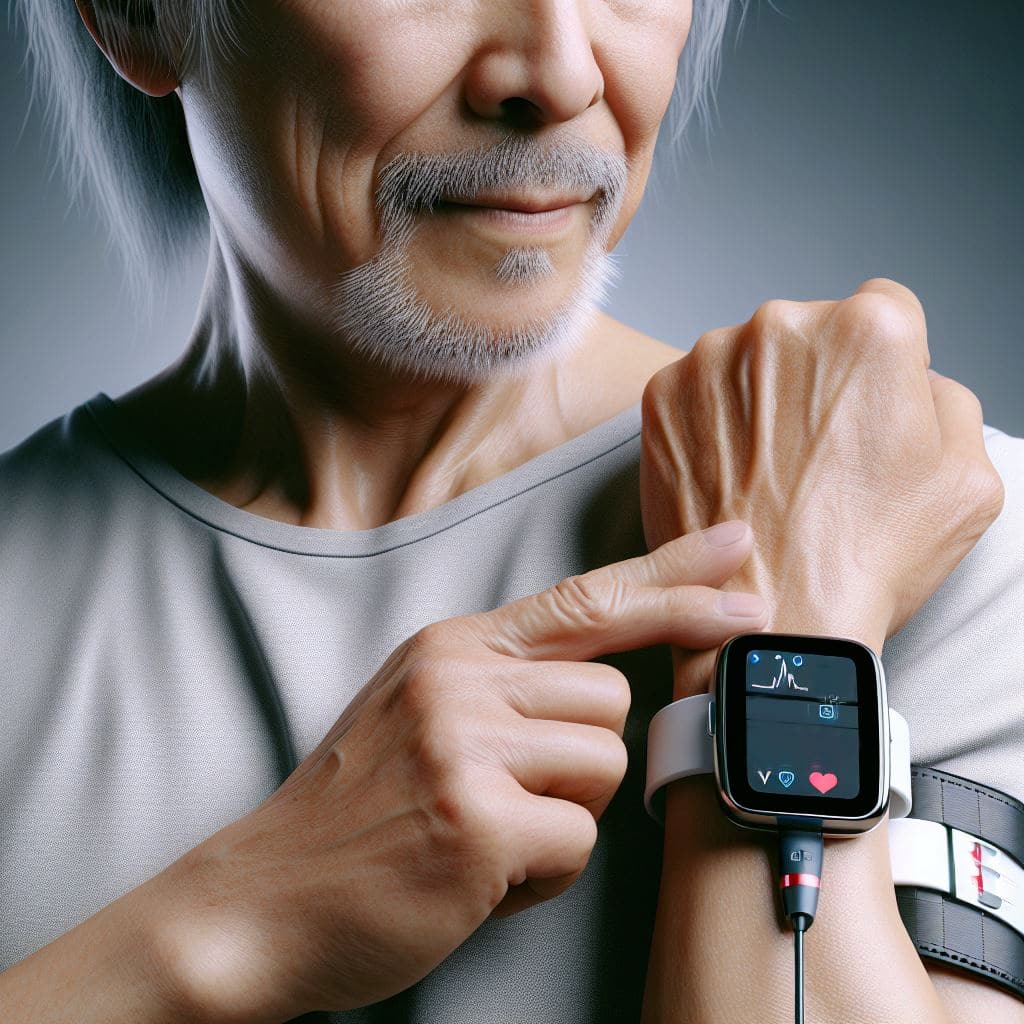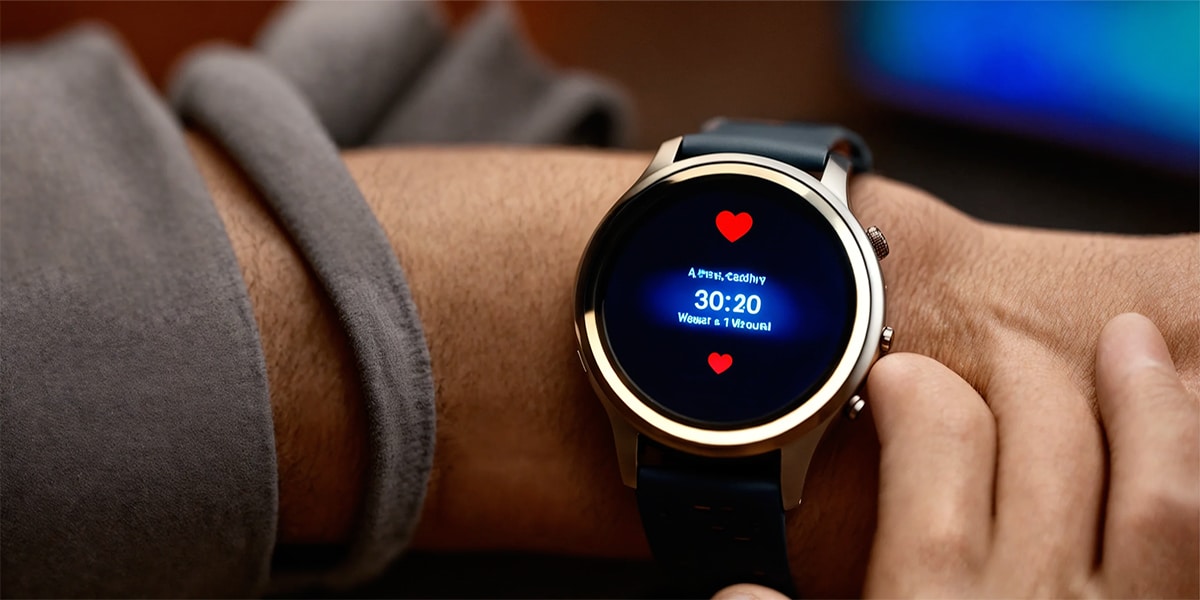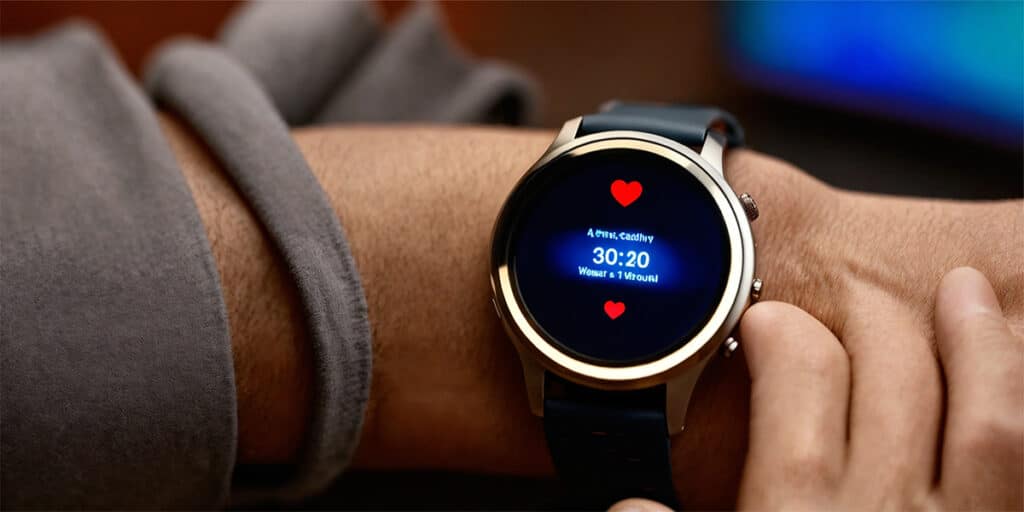- 1. Understanding the Connection Between Stress and Blood Sugar
- 2. Benefits of Using Wearables to Manage Stress and Blood Sugar
- 3. The Evolution of Wearables for Stress Monitoring
- 4. Integrating Wearables into Diabetes and Stress Management
- 5. Navigating Challenges and Considerations
- 6. Wearables that Monitor Stress for Blood Sugar Harmony: Your FAQs Answered
In the fast-paced world we live in, managing stress has become more crucial than ever, especially for individuals living with diabetes. Stress has a direct impact on blood sugar levels, making its management a key component of effective diabetes care. Enter the world of mindful technology—wearables designed to monitor stress and aid in maintaining blood sugar harmony.
These devices represent a convergence of wellness and technology, offering a proactive approach to managing stress and its effects on diabetes.
Understanding the Connection Between Stress and Blood Sugar
Stress triggers the release of hormones like cortisol and adrenaline, which can directly affect blood sugar levels. For those with diabetes, this means that stress management is not just about mental health but also about physical well-being. Recent advancements in wearable technology have made it possible to monitor physiological markers of stress, providing insights that can help mitigate its impact on blood sugar levels.
Benefits of Using Wearables to Manage Stress and Blood Sugar
- Continuous Monitoring: Unlike traditional stress measurement techniques, wearables offer continuous monitoring, allowing users to identify stress triggers and patterns.
- Proactive Stress Management: With real-time data, users can employ stress-reduction techniques before stress levels significantly impact blood sugar.
- Enhanced Awareness: Wearables encourage mindfulness and self-awareness, empowering users to recognize stress symptoms early.
- Data-Driven Insights: The integration of stress and blood sugar data can provide valuable insights, enabling a holistic approach to diabetes management.
The Evolution of Wearables for Stress Monitoring
The trajectory of wearable technology has been nothing short of revolutionary, transforming from basic pedometers measuring steps to sophisticated health monitors capable of detecting and managing stress. This evolution reflects a growing recognition of the integral role that mental well-being plays in overall health, as well as advancements in technology that have made such monitoring possible.
From Step Counters to Stress Detectors
Initially, wearables were designed with the primary goal of promoting physical activity, functioning mainly as step counters. These devices were simple, yet effective in encouraging movement and providing users with a quantifiable measure of their daily activity levels. However, as technology advanced and our understanding of health deepened, the potential for wearables to contribute to a broader spectrum of wellness became apparent.
The leap from counting steps to monitoring stress was facilitated by the integration of sensors capable of measuring physiological markers associated with stress, such as heart rate variability (HRV). HRV, the variation in time between heartbeats, is a subtle but powerful indicator of the autonomic nervous system’s activity, reflecting the body’s response to stress. By measuring HRV, wearables have transitioned into stress detectors, providing insights into the wearer’s emotional and physical state.
Innovative Features
Today’s stress-monitoring wearables boast a suite of innovative features designed to not only measure stress but also help users manage it:
Real-time Stress Level Monitoring: Utilizing sensors to track HRV and other physiological markers, these devices can alert users to rising stress levels in real-time, allowing for immediate interventions. This feature empowers users to address stress proactively, potentially mitigating its impact on their well-being.
Guided Breathing Exercises: Recognizing the importance of relaxation techniques in stress management, many wearables now offer guided breathing exercises. These tools instruct users in deep, rhythmic breathing, a practice proven to reduce stress, lower heart rate, and improve HRV.
Personalized Wellness Recommendations: Leveraging the data collected on physical activity, sleep quality, and stress levels, wearables can provide tailored advice to help users improve their overall health. This might include suggestions for better sleep hygiene, exercise routines, or mindfulness practices.
The evolution of wearables into tools for stress monitoring signifies a broader shift in health technology towards holistic wellness, acknowledging the inseparable connection between mind and body. As these devices continue to advance, they promise not only to inform us about our health but also to play an active role in managing it.
| Advancement | Description | Impact on Diabetes Management |
|---|---|---|
| Continuous Stress Monitoring | Wearables equipped with sensors to measure indicators of stress in real-time. | Allows for immediate stress-reduction interventions to prevent blood sugar spikes. |
| Heart Rate Variability (HRV) Tracking | Analysis of heart rate fluctuations to gauge stress levels. | HRV data can indicate stress-related changes, prompting lifestyle adjustments. |
| Guided Breathing Exercises | Features that guide users through breathing exercises to reduce stress. | Directly impacts stress reduction, potentially stabilizing blood sugar levels. |
| Sleep Quality Analysis | Monitors sleep patterns and quality, which are closely linked to stress. | Improves diabetes management by highlighting the importance of restorative sleep. |
| Customizable Alerts | Notifications for abnormal stress or glucose readings. | Enables proactive management of stress and glucose levels, reducing risk of complications. |

Integrating Wearables into Diabetes and Stress Management
The integration of wearable technology into diabetes and stress management represents a significant advancement in personalized healthcare. To harness the full potential of these devices, users must understand their functionalities and how to interpret the vast amount of data they collect. Here are some tips for seamless integration:
Understanding Device Capabilities: Begin with a thorough understanding of what your wearable device can track, whether it’s heart rate variability (HRV) for stress, blood glucose levels, physical activity, or sleep patterns. Knowledge of these capabilities allows for a more targeted approach to managing diabetes and stress.
Setting Realistic Goals: Wearables provide data that can help set and achieve realistic health goals. For someone with diabetes, this might mean establishing target blood sugar levels or identifying stress reduction milestones. Goals should be SMART: Specific, Measurable, Achievable, Relevant, and Time-bound.
Regular Consultations with Healthcare Providers: Regularly share the data from your wearable device with your healthcare provider. This collaboration can lead to more informed decisions about your treatment plan and adjustments based on real-world data.
Customizing Stress Management Strategies: Use the insights gained from stress monitoring features to develop personalized stress management strategies. This might include identifying specific stress triggers and implementing guided breathing exercises, mindfulness meditation, or physical activity as countermeasures.
Navigating Challenges and Considerations
While the benefits of wearables in managing diabetes and stress are clear, several challenges and considerations need addressing:
Accuracy of Data: One of the primary concerns with wearable devices is the accuracy of the data they provide, especially for critical metrics like blood sugar levels. Users should look for devices that have been validated for accuracy and are approved by relevant health authorities.
Privacy Concerns: Wearables collect sensitive health data, raising valid privacy concerns. Users should understand how their data is stored, used, and shared. Opt for devices from companies with transparent privacy policies and robust data protection measures.
Cost Management: The cost of advanced wearable devices can be prohibitive for some. Explore insurance options that might cover part of the cost or consider devices that offer the best value in terms of features relevant to your health needs.
Adapting to Technology: The learning curve associated with new technology can be steep for some users. Take advantage of tutorials, user guides, and customer support offered by device manufacturers to become comfortable with your wearable.
Integration with Existing Care Plans: Ensure that the use of a wearable device complements, rather than complicates, your existing diabetes and stress management plan. This may involve adjusting medication dosages or lifestyle changes based on new insights from your device.
Successfully integrating wearables into diabetes and stress management requires a thoughtful approach that balances the benefits of cutting-edge technology with the realities of daily life and healthcare needs. By addressing the challenges and leveraging the devices’ capabilities to their fullest, individuals can achieve greater control over their health, leading to improved outcomes and quality of life.
Wearables that Monitor Stress for Blood Sugar Harmony: Your FAQs Answered
What technology do these wearables use to monitor stress?
They primarily use sensors to measure physiological indicators like heart rate variability (HRV), which reflects stress levels.
How can stress affect my blood sugar levels?
Stress triggers the release of hormones such as cortisol, which can increase blood sugar levels, complicating diabetes management.
Can these wearables directly measure my blood sugar levels?
Some advanced models offer glucose monitoring features, but most focus on stress indicators that indirectly impact blood sugar management.
Are these devices a substitute for traditional diabetes management methods?
No, they are complementary tools designed to provide additional insights, not replace existing diabetes care practices.
How accurate are the stress measurements from these wearables?
While highly effective, the accuracy can vary between devices. It’s important to choose wearables with validated sensors and algorithms.
Can I use this data to adjust my diabetes medication?
Any medication adjustments should be made in consultation with a healthcare provider, using wearable data as one of several considerations.
What features should I look for in a stress-monitoring wearable?
Look for continuous HRV monitoring, guided breathing exercises, sleep quality tracking, and customizable alerts for comprehensive management.
How do I interpret the data from my wearable?
Most devices come with apps that provide insights and interpretations. It’s also beneficial to discuss the data with a healthcare professional.
Will my health insurance cover the cost of these wearables?
Coverage varies by insurer and plan. Some may cover devices prescribed for diabetes management, but many consider them wellness devices.
How can integrating a wearable improve my overall health?
By providing real-time data on stress and its effects on blood sugar, wearables can help you make informed lifestyle adjustments, improving both diabetes management and general well-being.
Citations
- Franklin, V. L., Waller, A., Pagliari, C., & Greene, S. A. (2008). “A randomized controlled trial of Sweet Talk, a text-messaging system to support young people with diabetes.” Diabetic Medicine, 25(12), 1332-1338.
- Thayer, J. F., Åhs, F., Fredrikson, M., Sollers, J. J., & Wager, T. D. (2012). “A meta-analysis of heart rate variability and neuroimaging studies: Implications for heart rate variability as a marker of stress and health.” Neuroscience & Biobehavioral Reviews, 36(2), 747-756.
- McConnell, M. V., Shcherbina, A., Pavlovic, A., Homburger, J. R., Goldfeder, R. L., Waggot, D., … & Ashley, E. A. (2017). “Feasibility of obtaining measures of lifestyle from a smartphone app: The MyHeart Counts Cardiovascular Health Study.” JAMA Cardiology, 2(1), 67-76.
- Quinn, C. C., Shardell, M. D., Terrin, M. L., Barr, E. A., Ballew, S. H., & Gruber-Baldini, A. L. (2011). “Cluster-randomized trial of a mobile phone personalized behavioral intervention for blood glucose control.” Diabetes Care, 34(9), 1934-1942.
- Goyal, S., Morita, P., Lewis, G. F., Yu, C., Seto, E., & Cafazzo, J. A. (2016). “The systematic design of a behavioural mobile health application for the self-management of type 2 diabetes.” Canadian Journal of Diabetes, 40(1), 95-104.







